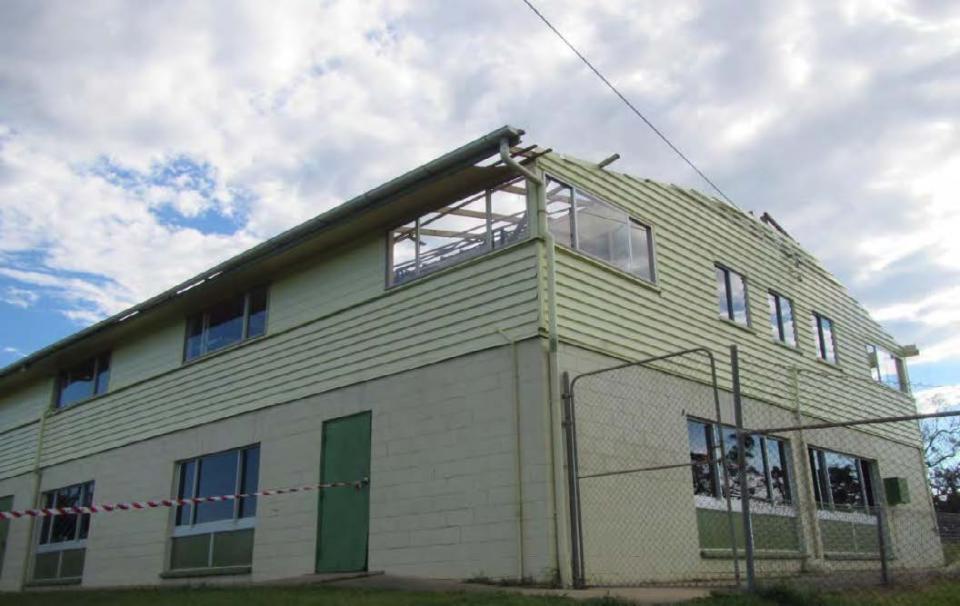
PUBLICATIONS
Published works

A modified Severe Tropical Cyclone Marcia (2015) scenario: wind and storm tide hazards and impacts
| Title | A modified Severe Tropical Cyclone Marcia (2015) scenario: wind and storm tide hazards and impacts |
| Publication Type | Report |
| Year of Publication | 2017 |
| Authors | Krupar, III, R, Mason, MS |
| Document Number | 258 |
| Date Published | 07/2017 |
| Institution | Bushfire and Natural Hazards CRC |
| City | Melbourne |
| Report Number | 258 |
| Abstract | This report describes research undertaken to develop a modified Severe Tropical Cyclone Marcia (2015) scenario and details its wind and storm tide-related impacts on buildings and society in Livingstone Shire and the Rockhampton Region. A perturbed version of the original track taken by Cyclone Marcia was chosen to create an ensemble event set of possible worstcase wind and storm tide inundation scenarios for the region of interest and the key findings of this work are as follows:
Future work will seek to improve the exposure dataset used in this scenario. Improvements will include adding critical infrastructure such as power lines and water distribution networks, as well as, updating Geocoded – National Address File (G-NAF) building level estimates of property value, contents value and population using ground truth data. The wind, rainfall and storm surge hazard models and associated vulnerability models used in the current multi-hazard model framework will also be updated. The wind hazard model will include new environmental parameters (i.e. sea surface temperature and deep layer wind shear) that influence tropical cyclone formation and maintenance. This improvement will help generate more realistic cyclones wind fields. The rainfall hazard model will be calibrated to Australian surface terrain and topography to simulate inland rainfall enhancements and will be paired with a hydrodynamic runoff model to simulate inland flooding damage and impacts to buildings, critical infrastructure and society during the post-landfall phase. The storm tide hazard model will be updated to simulate inland flooding impacts (e.g. surge-induced riverine flooding) by including the influence of the underlying surface roughness overland and expanding the mesh inland. Updates to the wind and flood vulnerability models will be made as new results surface from Bushfire and Natural Hazard CRC projects aiming to develop and improve these types of models. The flood vulnerability model will be updated to include flow velocity and wave effects. Finally, combined or joint hazard impacts (i.e. wind driven rain) will be evaluated to develop joint-hazard damage functions in future model releases. |
Published Works


